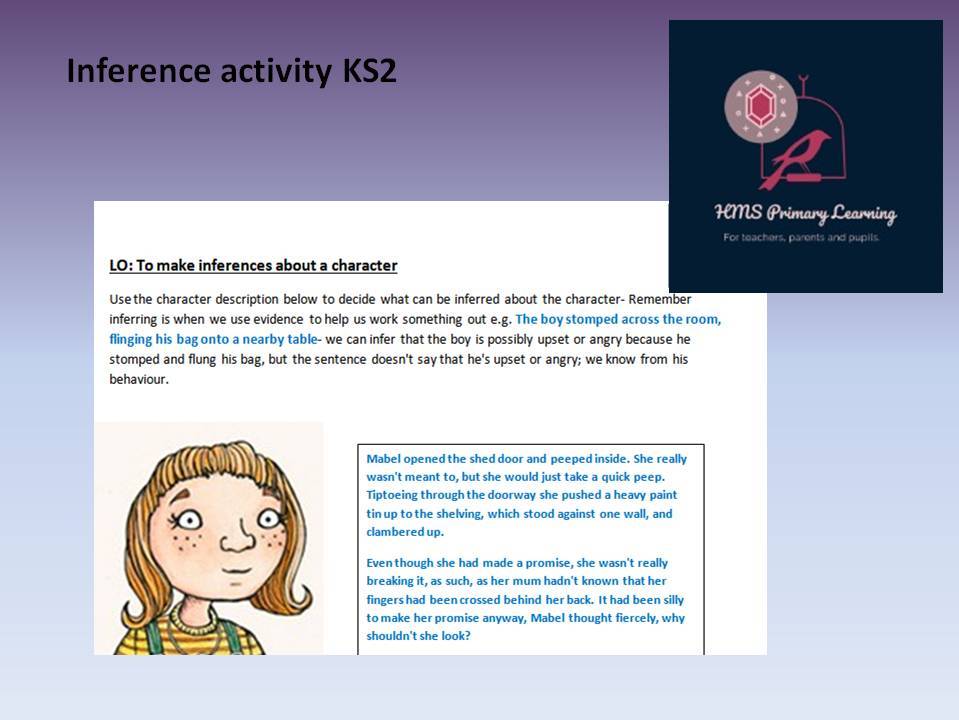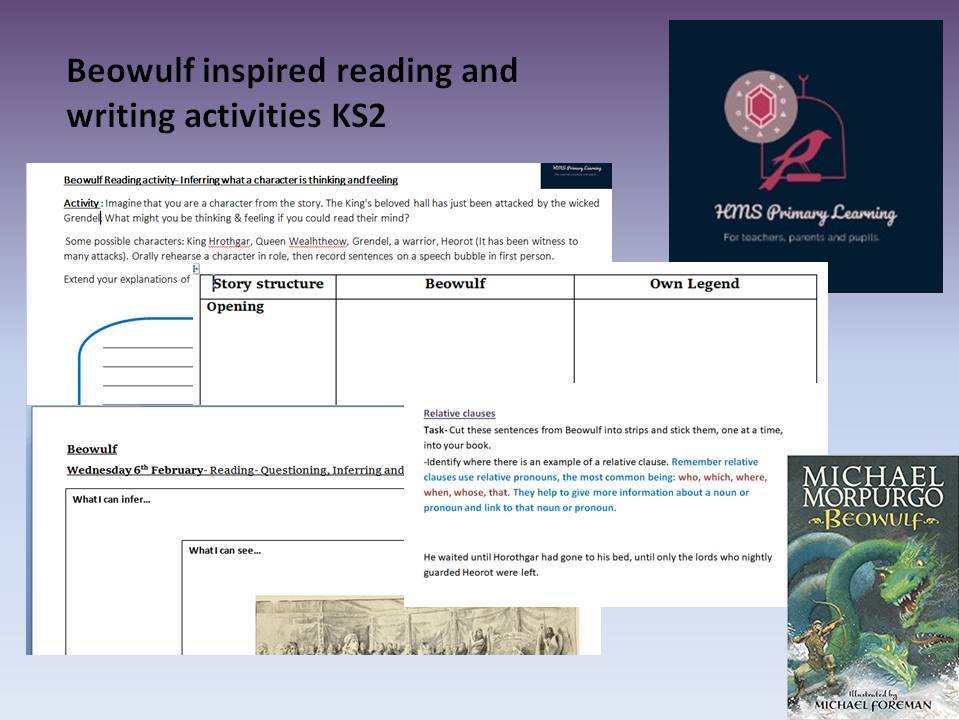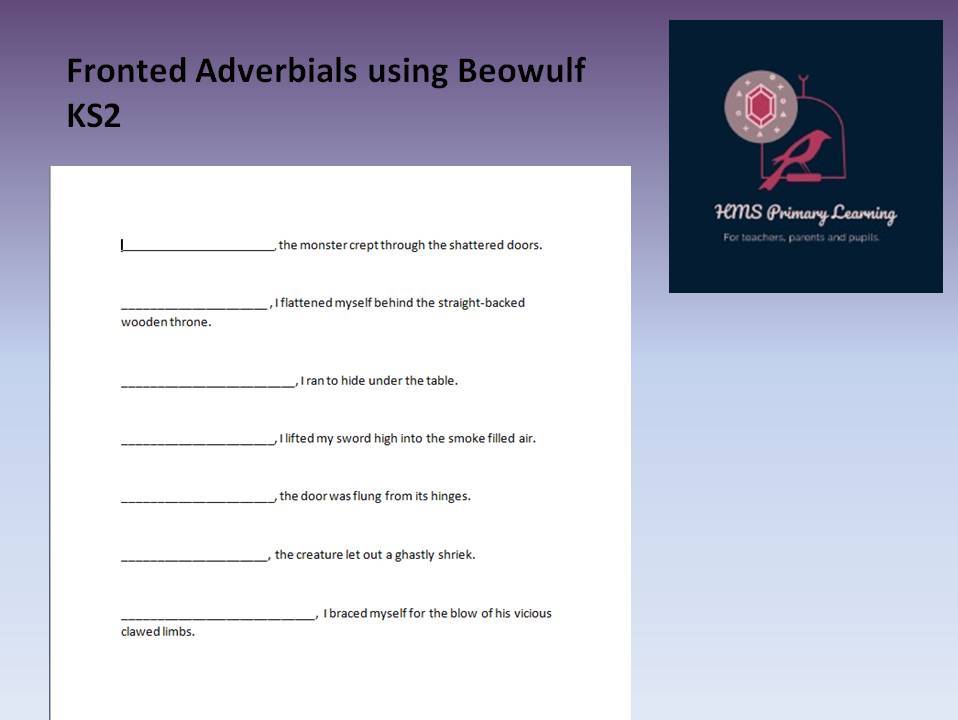43Uploads
10k+Views
1k+Downloads
English

Children of the New Forest Chapter One
An abridged version of Children of the New Forest (chapter one). Having looked for suitable books when teaching the English Civil War to KS2 pupils I found that there was little to choose from. Although Children of the New Forest is a fantastic story, the lengthy nature of Victorian writing meant that it was a challenge to enable the pupils to both understand the language itself, and read sufficient of the story to gain enough from the plot. Therefore, as the book is in the public domain and not subject to copyright laws, I have abridged the first chapter, with the intention of looking at the whole book. Comprehension and reading activities to accompany this book will follow.
In this chapter I have highlighted certain words that teachers may wish to use for dictionary work, or pause to discuss (a resource for this will follow).
I hope that this will prove useful to someone and would value any feedback.

Inference sentence activity KS2/3
An activity to help pupils further their understanding of inference through reading a series of sentences where they have to identify what is being inferred. This activity is for pupils who have some understanding of what inference is, but need additional opportunities to develop this.

Inference activity- character based KS2/3- Easier (1 star challenge level)
Character based inference activity aimed at KS2/3 that helps pupils develop their understanding of inference, which lots of pupils find a difficult concept. The activity starts by encouraging pupils to make observations about an image, which they then use to ‘infer’ details about the character image. Examples are given as guidance.

Inference activity- character based KS2/3- Easier (1 star challenge level)
Character based inference activity aimed at KS2/3 that helps pupils develop their understanding of inference, which lots of pupils find a difficult concept. The activity starts by encouraging pupils to make observations about an image, which they then use to ‘infer’ details about the character image. Examples are given as guidance.

Charmed Life comprehension crossword
A fun activity to do after completing work on Charmed Life by Diana Wynne Jones. It allows pupils to recall events from the book in order to answer questions. It can also be used to assess knowledge of the story.
Bundle

Reading- inference character activities
An activity for make inferences about a character using an extract. This resource is suitable for KS2, or KS3 needing support with inference.
This bundle includes 3 different inference character extracts for pupils to use. One is more difficult than the other two and labelled HA.

Inference activity KS2
An activity for make inferences about a character using an extract. This resource is suitable for KS2, or KS3 needing support with inference.
Bundle

Cloze procedure activity
A cloze procedure activity where pupils have to fill in the spaces using nouns. This is a useful activity for identifying and using nouns, but also can be used as a model for story openings where characters are being introduced amidst action.

Inference activity KS2 (HA)
An activity for make inferences about a character using an extract. This resource is suitable for KS2, or KS3 needing support with inference.

Inference activity KS2
An activity for make inferences about a character using an extract. This resource is suitable for KS2, or KS3 needing support with inference.

Cloze activity smart board accompaniment
An accompanying cloze procedure resource to support the identification of nouns, their uses and how they can support narrative . This resource can also be used to address other story writing features such as openings and setting development.

Cloze procedure activity
A cloze procedure activity where pupils have to fill in the spaces using nouns. This is a useful activity for identifying and using nouns, but also can be used as a model for story openings where characters are being introduced amidst action.
Bundle

Beowulf inspired reading and writing activities
This bundle includes:
-A planning format for pupils to write their own version of a legend inspired by Beowulf
-A reading based character inference activity leading to a small written piece
-An activity to have a go at developing fronted adverbials
-A relative clause activity
-An inference activity based on an image as stimulus
This bundle would be suitable for pupils from 3/4 up.

Beowulf reading into writing- inference
This resource encourages pupils to put themselves in place of the characters during the first attack on the hall Heorot. They must consider what their chosen character might think and feel as well as detailing how they reacted. It is an opportunity for pupils to continue to develop their ability to extend sentences as well as use their knowledge of the text to infer possible character thoughts and feelings. This resource would be suited to year 3/4 and up.

Beowulf inspired legend boxed planning format
Planning using a boxed format where pupils can first outline the story of Beowulf, idenifying themes that they can then imitate when planning there own story/legend side by side. Suitable for year 4 and up although the format can be adapted for any story writing.

Beowulf reading activity
An inference activity linked to the story of Beowulf. Pupils will need to use an image to determine firstly, what they can see within the image and secondly what they can infer from this.

Beowulf relative clause activity
An activity to help pupils identify and understand the use of relative clauses through the story Beowulf (Morpurgo’s version). Using examples from the text, pupils find the relative pronoun that will lead them to identify the relative clause. They then have a go at creating some examples of their own, using the examples as inspiration/support. This activity is suggested for year 5 and up, although it could be adapted for certain year 4 groups.
Bundle

Reading activities- Inference, summary and asking questions about a text
Reading activities to support pupils understanding of inference, summary and asking questions about a text. The resources provided for summary, and the grid for asking questions, can be used in conjunction with a text they are reading themselves. Alternatively, an extract is provided. There is also the opportunity to use questions to generate their own extract that they could use to generate their own comprehension.

Reading activity- Asking questions about a text
A resource to encourage pupils to think about how they approach questions involving text. This resource gives pupils the opportunity to use questions to generate their own text based on the answers they generate to alloted questions.

Myths and legends- Beowulf fronted adverbials
A resource sheet to aid pupils in developing sentences using fronted adverbials with commas . The story of Beowulf is used as stimulus. Pupils must add their own adverbial phrases to the beginning of given sentences. How many ways can they rewrite the sentences with different openers? How does the effect change with their choice of opener? Planning and smart board are available to accompany this resource.




















